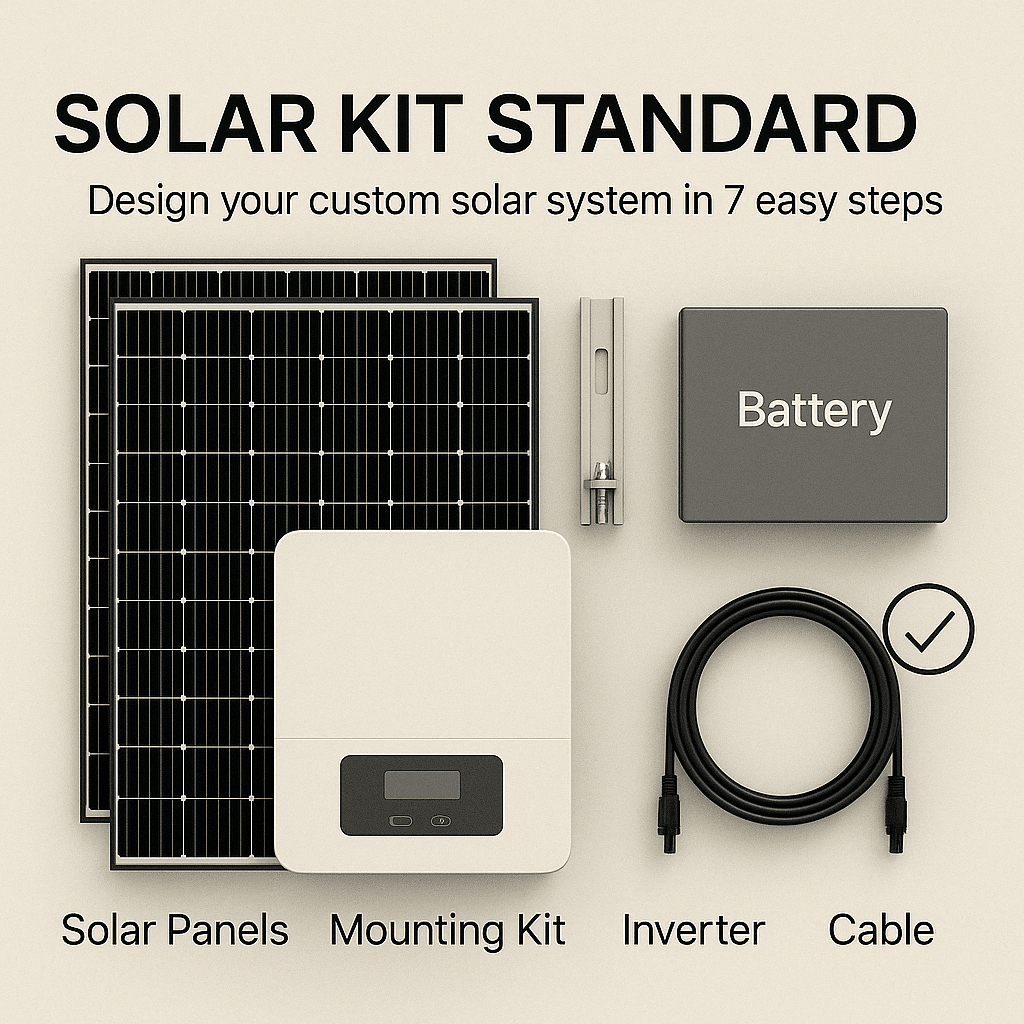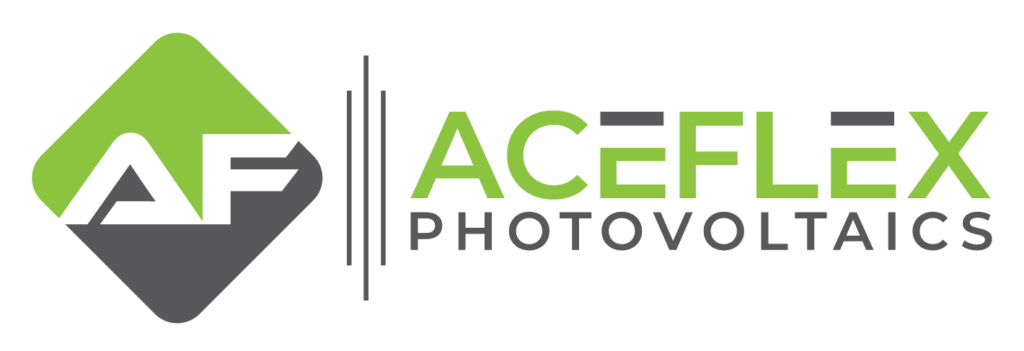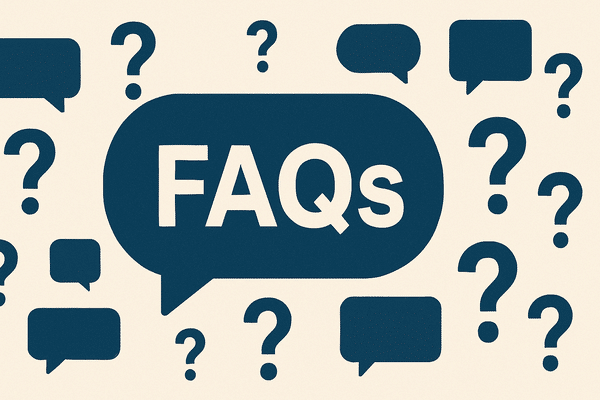📦 Fast Delivery – Order Now!
💸 Shop Safely – 100% Money-Back Guarantee
👨🔧 Lifetime Customer Support
📦 Fast Delivery – Order Now!
💸 Shop Safely – 100% Money-Back Guarantee
👨🔧 Lifetime Customer Support
When most people think of going solar, they picture the panels on the roof — but that’s only one part of the system. Solar power equipment refers to all the components that work together to convert sunlight into usable electricity for your home. Choosing the right equipment not only affects how much energy you generate, but also your long-term savings, reliability, and energy independence.
With the rise of Solar Kits DIY, more homeowners are taking control of their own installations — either fully DIY or in collaboration with a licensed electrician. Whether you’re exploring a professional installation or a hands-on approach, understanding the key equipment is the first step.

A complete residential solar setup typically includes:
Monocrystalline panels (often available in standard or bifacial models) offer high efficiency and sleek aesthetics, making them the most popular choice for rooftop installations.
Your inverter converts DC power from the panels into AC power for household use. Homeowners typically choose between:
Roof mounts, rails, flashing, clamps, and grounding components secure your panels safely. The configuration depends on your roof type (shingle, tile, metal, or flat).
Includes junction boxes, PV disconnects, rapid shutdown devices, conduit, and grounding. These components are essential for meeting U.S. electrical codes and ensuring firefighter safety.
For backup power or load shifting, lithium iron phosphate (LiFePO4) batteries are now the standard due to their long lifespan and safety profile.
Instead of piecing equipment together manually, many homeowners now choose Solar Kits DIY. These bundles include pre-selected components that are guaranteed to work together, saving time on research and compatibility issues.
At AceFlex, we structure our kits in three tiers:
Solar Kits DIY simplify the shopping process — but still give you control over installation and permitting.

🔆 Standard Solar Kit – Your Custom Solar System in 7 Guided Steps
Design your solar setup with full flexibility and pre-configured mounting: choose solar panels, inverter, battery, mounting kit, wiring essentials, combiner, and accessories – all step by step and fully compatible.
✅ Includes mounting material from K2 Systems for standard layouts
✅ Choose only the components you need
✅ DIY-friendly and pre-checked for compatibility
✅ 🎁 Battery discount included when bundled
When selecting equipment, consider:
AceFlex specializes in homeowner-friendly components that are compatible with U.S. regulations and permitting requirements.
| System Type | Power Source | Battery Required? | Best For |
|---|---|---|---|
| Grid-Tied | Utility + Solar | No | Lower electricity bills |
| Off-Grid | Solar + Battery | Yes | Remote cabins / backup-only homes |
| Hybrid | Utility + Solar + Battery | Optional | Backup + savings |
Most U.S. homeowners choose grid-tied or hybrid systems — they offer the best mix of reliability and financial return.
While prices may fluctuate slightly due to material and freight costs, solar equipment is expected to remain competitive in 2026. Here’s what homeowners can expect for equipment-only pricing:
| Component | Typical Cost Range |
|---|---|
| Solar Panels | $0.35 – $0.55 per watt |
| String Inverter | $800 – $2,000 |
| Microinverters (per panel) | $100 – $200 |
| Hybrid Inverter | $2,000 – $4,000 |
| Mounting Hardware | $0.10 – $0.25 per watt |
| Wiring & BOS Components | $500 – $2,000 |
| Battery Storage (Optional) | $8,000 – $15,000 for 10–15 kWh |
A typical 6–8 kW homeowner system will range from $7,000 to $12,000 in equipment costs before incentives — significantly lower if installed DIY.
Many homeowners successfully install Solar Kits DIY on their own, especially when mounting on standard shingle roofs. However:
✅ Homeowners can: Mount panels, lay conduit, pull wiring, set disconnects
⚠️ A licensed electrician is typically required for: Final inverter connection, pairing with utility meter, main breaker tie-in
Maintenance is minimal — most systems only require periodic cleaning and monitoring via app.
We’ve already covered the Federal ITC in detail — check our linked article to learn how homeowners can claim 30% back through tax credit incentives.
Some states also offer additional rebates or sales tax exemptions. If you’re unsure, feel free to contact us for guidance.

Selecting solar power equipment isn’t complicated. Start with your roof layout, energy usage, and installation preference, then choose between DIY components or complete Solar Kits DIY.
If you want a pre-configured system with components that are guaranteed to work together, AceFlex offers homeowner-friendly Solar Kits DIY — available in Basic, Standard, and Premium configurations.
Ready to build your solar setup? Reach out for a personalized equipment recommendation based on your roof and energy goals.

A complete solar system typically includes solar panels, an inverter, mounting hardware, and wiring components. Optional equipment like batteries and monitoring systems can provide backup power and performance tracking.
A 5,000-watt (5 kW) system can power most of an average U.S. home’s daytime usage, including lights, appliances, TVs, and small HVAC systems. With proper sunlight, it can generate 15–25 kWh per day depending on your location.
Yes, a house can run entirely on solar if the system is properly sized and paired with battery storage. However, most homeowners stay connected to the grid for reliability or to sell excess power.
Several factors could be at play: higher energy consumption than expected, shading or malfunctioning panels, or a utility billing structure that still charges service fees. Always check your monitoring system and compare production vs. usage.
Modern solar panels are built to withstand hail, heavy winds, and rain, and most are certified for hurricane-grade conditions. If debris or damage occurs, insurance typically covers panel replacement.
Grid-tied systems automatically shut off during outages for safety reasons. To maintain power during blackouts, you need a hybrid inverter with battery storage.
Most solar panels come with 25-year warranties and often continue producing power well beyond that. Inverters typically last 10–15 years and may need replacement during the system’s lifetime.
Many homeowners install Solar Kits DIY, especially mounting and wiring preparation. However, final electrical connections to the grid usually require a licensed electrician.
Solar panels mainly need occasional cleaning to remove dust or debris. Most systems include online monitoring so you can easily spot performance drops.
A typical 6 kW home system requires around 300–400 square feet of usable roof space. Shading and roof orientation may affect layout options.
AceFlex is one of the leading online retailers of renewable energy products and offers a wide range of solar products. We work with well-known manufacturers and wholesalers and can offer you cost-effective products in the field of photovoltaics so that you too can contribute to the energy transition.
Looking for an experienced team for planning your photovoltaic system without the hassle of doing it yourself? We are your trusted partner, offering comprehensive nationwide solutions. We provide expert consultation and supply of both photovoltaic systems and storage units tailored to your specific needs.
© 2025 Aceflex All Rights Reserved. Design by Media Pantheon, Inc.